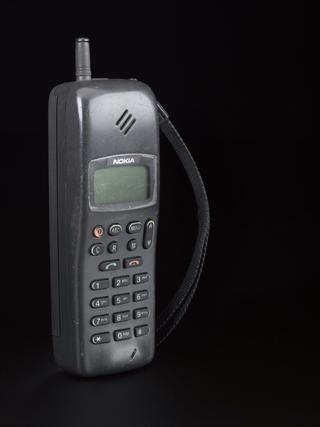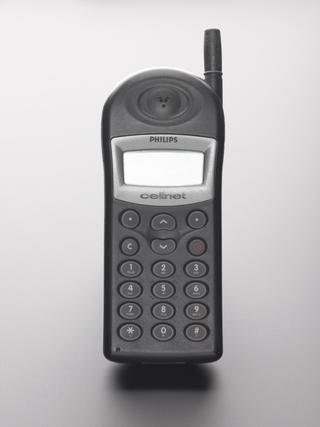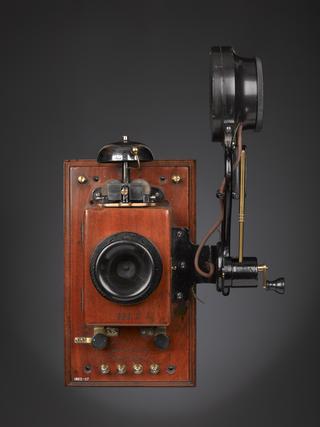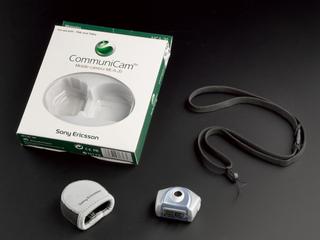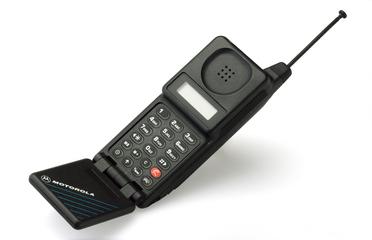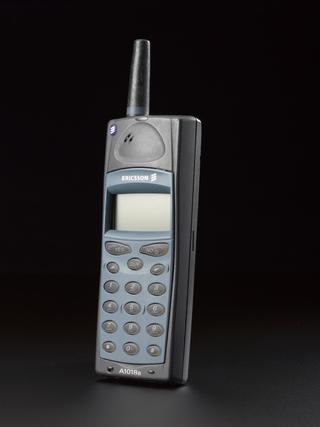






Small wooden mobile phone call box used in Bamenda, Cameroon in 2012, unknown maker, 2008-2012
The arrival of mobile phones provided many young people, including many women, with the opportunity to run a call box business, enabling them to become self-sufficient. This particular box was operated near Ntarinkon market in Bamenda, a town in the Northwest region of Cameroon, until 2012. It was later sold to the Science Museum. As with many call boxes, this example contributed to a rapidly transforming landscape which was being dramatically repainted in the colours of Orange, MTN and Camtel, the three mobile network operators in Cameroon at that time.
Details
- Category:
- Telecommunications
- Object Number:
- 2013-161
- Materials:
- wood (unidentified), paint and plywood
- Measurements:
-
overall: 870 mm x 900 mm x 380 mm, 15kg
- type:
- call box
- credit:
- Purchased from Brigitte Tembong
